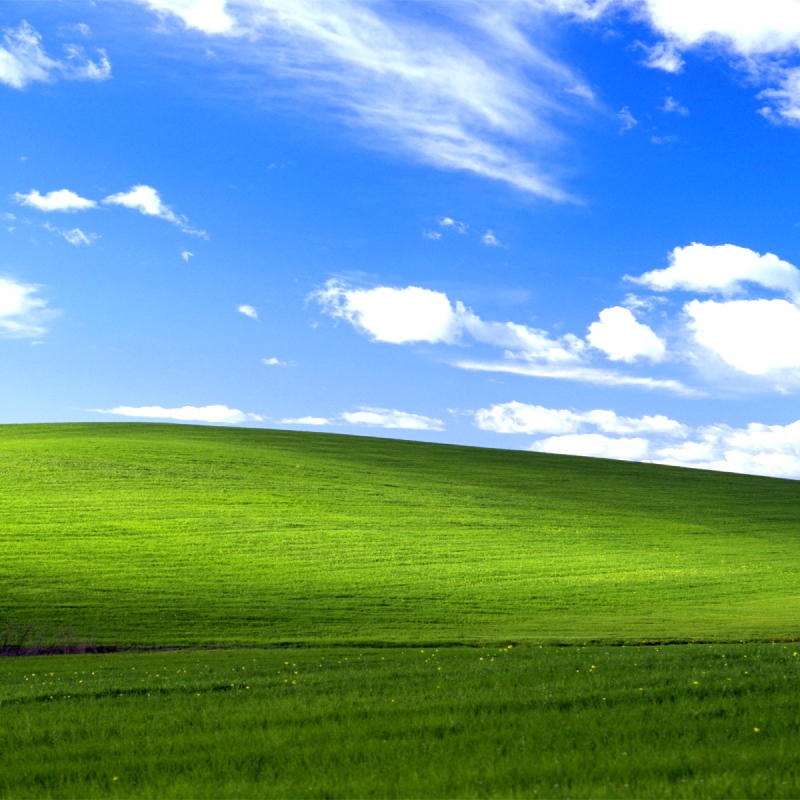
Astrophotography is all about shooting the “right stuff” there’s a lot of empty space in space. Gotta shoot the Milky Way which is a trail of stars across the night sky. (It’s the core of our own galaxy) I shoot mostly deep space astrophotography and while way more complicated to setup and shoot. It definitely has its rewards.
To add to the previous comment, usually there is a target to have in mind for what you’re shooting, and just as important as that is the environment around it. To me it looks like was a lot light pollution in the surrounding area, and that will be bad for long exposure. However, if you’re in a *really* dark, especially during or near a new moon, the stars will be the only light coming in, and a longer exposure will bring definition to them.
So DSO is different than widefield (attached) which is what you were doing above. I haven’t shot much widefield (this one is out of focus), but it requires far less “specialized” gear, because you’re not trying to offset the sky rotating. Basically you want to find your fastest lens, step it 1-2 steps back from wide open (tends to sharpen the focus) and then adjust focus for infinity by zooming in on a star and checking if it’s sharp. Shot length should be 600/ focal length in seconds.
The above DSO (M42 Orion Nebula) was shot on a sigma 150-600 f5-6) on an AVX mount, but you could probably do the same but better with a star adventurer and a Rokinon 135 f2 for half the price. Highly recommend the Star adventurer, but I worked with the gear I had available to borrow from my local astronomy club and the lens that I had. Typically for widefield you shoot and enhance, and it’s a 15 second photograph, DSO is an all night activity over several hours shooting and combining photos.
Light pollution was a bit a problem for the image, but frankly the bigger issue was the clouds. If you get a perfectly clear night it doesn’t reflect half the same levels of sky glow into your image. The other thing to watch out for is the moon. If it’s up, no point in shooting anything.
